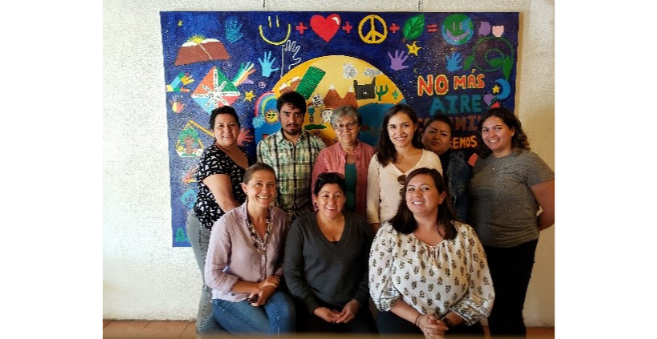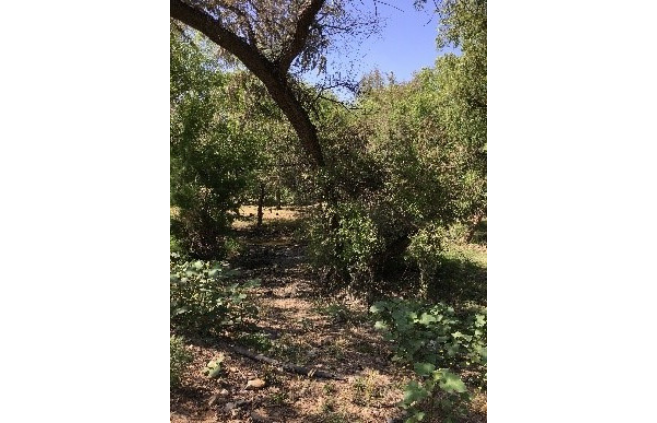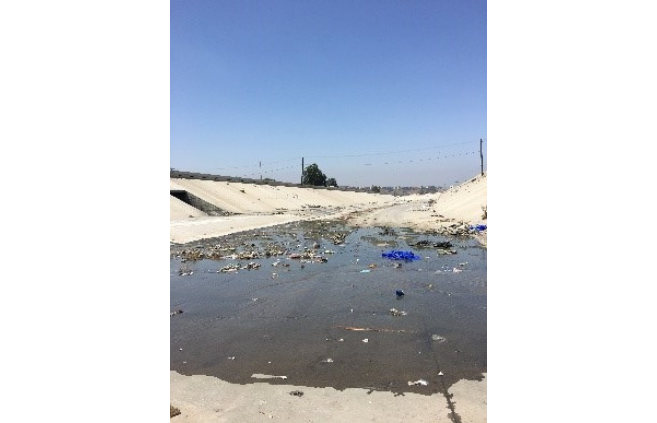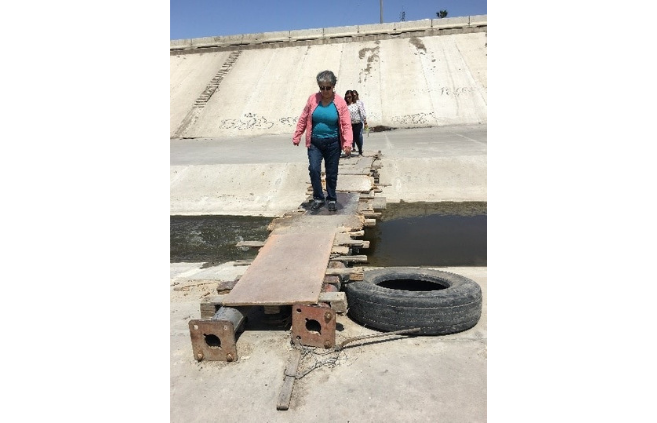The Women of Chilpancingo

Tijuana, one of the busiest land border crossings in the world, is also home to over 300 maquiladoras, or assembly plants. While this offers several job opportunities, it also often results in the unregulated pollution of waterways and local communities.
In the 1980s and 90s, a fierce group of stay-at-home mothers decided to fight against the contamination that was affecting their children and community. They banded together as Colectivo Chilpancingo, and after a decade of work, successfully lobbied the government in closing a battery recycling plant and secured a commitment from the government to safely dispose of the over 45,000 tons of waste that the plant left behind.

Today, Colectivo Chilpancingo, in partnership with the Environmental Health Coalition and the GROW program, continues the fight for environmental justice, defending the right to live in healthy and sustainable communities. In 2011, the Alamar River began to be channelized, depleting the area of its natural ecosystem, an area of natural recreation, and displacing part of the community. Today, we fight to stop channelization and protect the remaining 2.5 miles of river and surrounding forest, the only protected natural space in Tijuana.
There is a stark difference between the channelized and un-channelized portions of the river. Jorge Calderon who lives alongside a portion of the protected river, shared why it’s important to protect the river:
“It is the only lung left in the city of Tijuana, it’s our fresh air. Mother Nature was good to us and gave us this small piece of paradise. What are we going to leave for our grandchildren? Will they have to go to National Geographic to learn of the butterflies, the carpenter birds, and the insects that are native to this beautiful piece of paradise?”

Meanwhile, along the channelized portion, the Chilpancingo community has been divided. Trash and pollution now plague the once nature-rich neighborhood. The displaced families are now compelled to take up shelter in shanty towns across the channel, and women and children are forced to cross a freeway and haphazardly constructed paths to make their way across the polluted channel and into their town to work or attend school.
Through the work being done by the Environmental Health Coalition and the GROW program, we support these communities along our border in their struggle for environmental justice, improving air pollution and preserving the river.


Leave a Reply